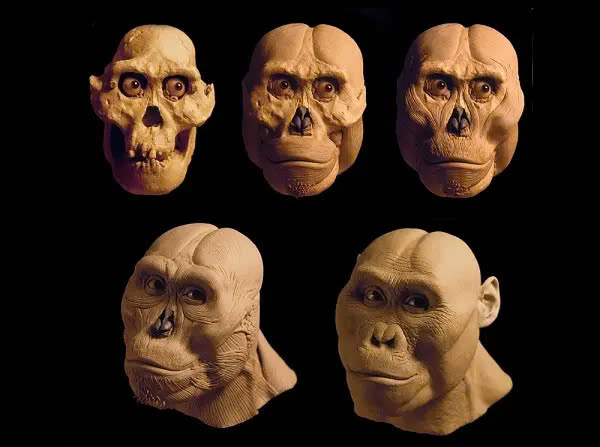A Fascinating Journey into Our Past
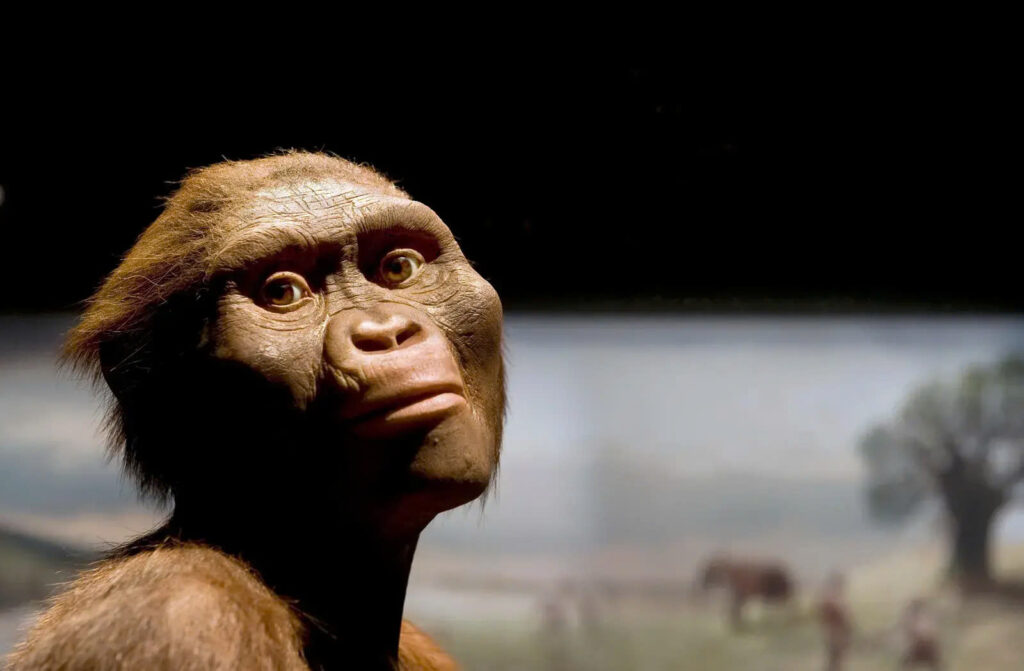
Lucy, one of the most renowned fossils in the study of human evolution, continues to captivate scientists and the public alike. Discovered in 1974 in Ethiopia’s Afar region, Lucy’s remains are estimated to be 3.2 million years old. Her discovery has not only provided invaluable insights into the anatomy of early human ancestors but also ignited debates about our evolutionary path.
The Landmark Discovery in Ethiopia
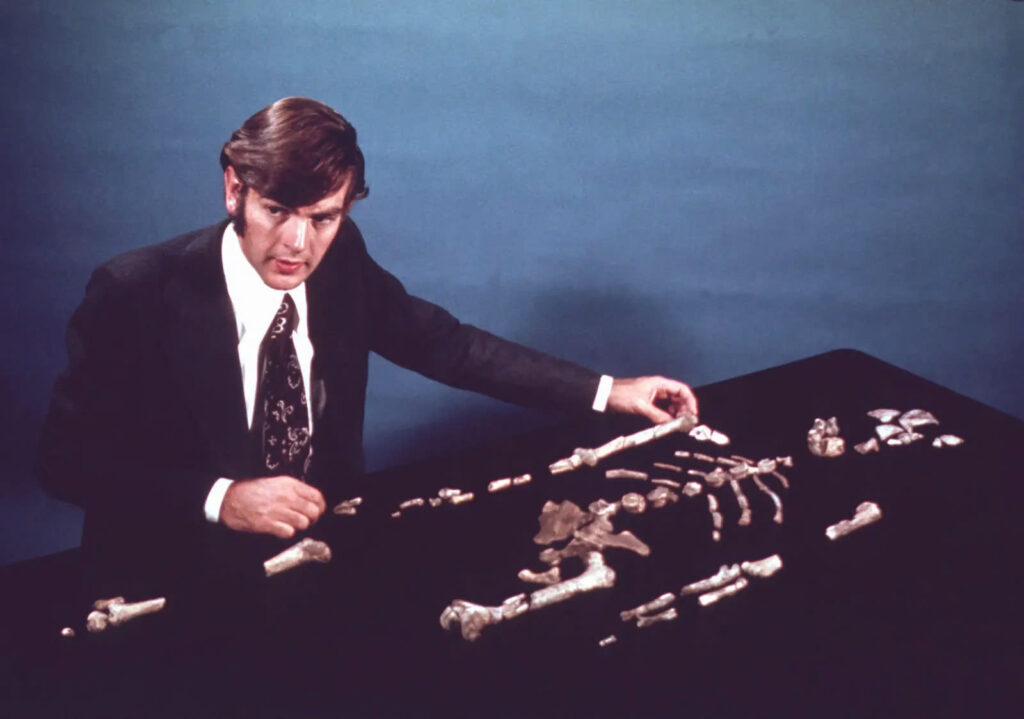
In November 1974, paleoanthropologist Donald Johanson and his team stumbled upon a remarkable set of fossilized bones in the arid valleys of the Afar Triangle. These remains belonged to a female Australopithecus afarensis, affectionately named Lucy after the Beatles’ song “Lucy in the Sky with Diamonds,” which played frequently at the camp. This extraordinary find yielded about 40% of her skeleton, offering an unprecedented glimpse into the physical structure of early hominids.
Deciphering Lucy’s Physical Structure

Standing at just 1.1 meters (3 feet 7 inches) tall and weighing around 29 kilograms (64 pounds), Lucy’s small frame holds monumental scientific significance. Her bipedalism, evident from her pelvis and leg bones, marked a pivotal trait in human evolution. Unlike apes, Lucy’s limbs and torso showed adaptations that enabled her to walk upright, providing crucial insights into our ancestry.
What Lucy Tells Us About Human Evolution

Lucy’s anatomical features bridge the gap between apes and later, more advanced hominins. Her teeth and skull structure indicate a diet that included fruits and tough plant materials, showcasing her flexible adaptation to the environment. Evidence suggests she lived in a wooded area with abundant water sources, a stark contrast to the arid conditions of the region today.
Modern Techniques Shedding Light on Ancient Mysteries
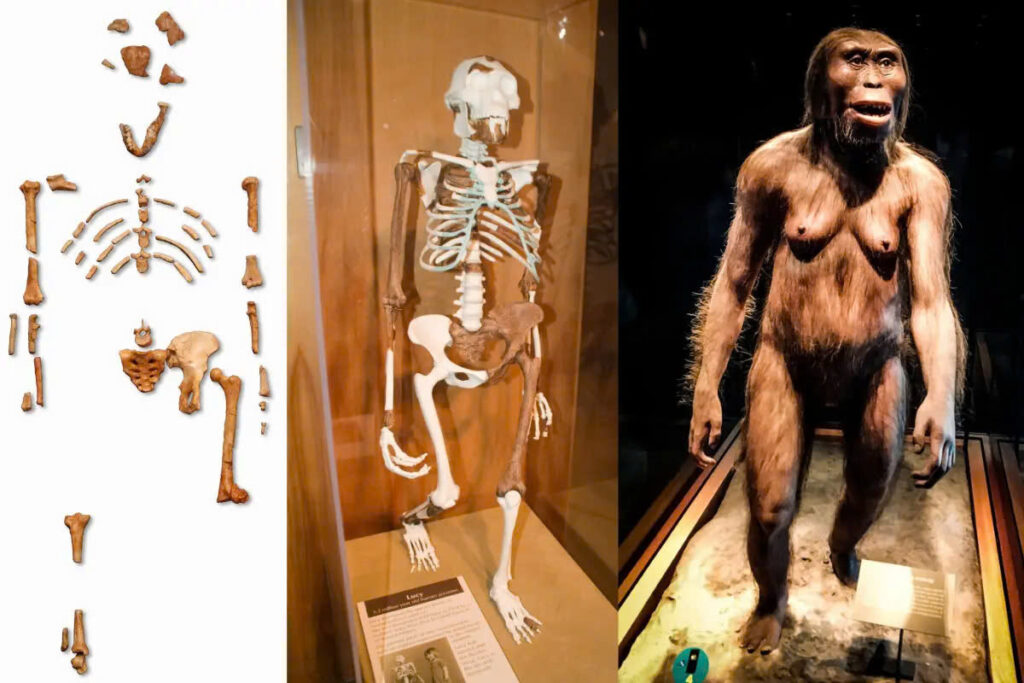
Recent advancements in technology have further illuminated our understanding of Lucy. Techniques such as CT scanning and 3D printing have enabled scientists to create accurate reconstructions of her bones, offering deeper insights into her physical capabilities and health. These methods have confirmed some earlier hypotheses while challenging others, illustrating the dynamic nature of paleoanthropological research.
Lucy in Popular Culture and Science
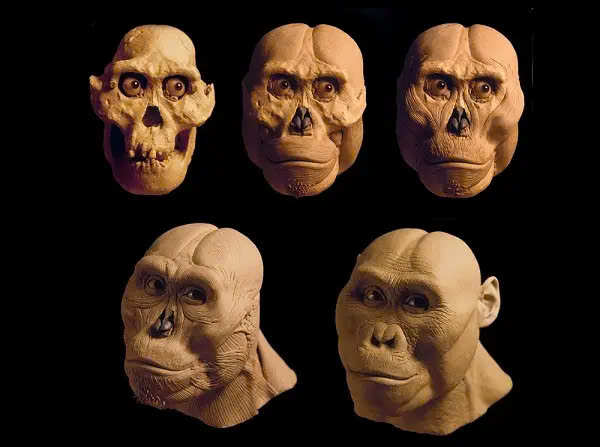
Beyond scientific interest, Lucy has become a cultural icon in discussions about human origins. She has been featured in numerous documentaries, books, and museum exhibits worldwide. The story of her discovery and the mysteries she has helped unravel continue to engage a broad audience, highlighting her importance in both science and public understanding of our distant past.
The Ongoing Debates Surrounding Lucy’s Species

Despite her fame, Lucy’s classification and the implications of her anatomical features remain subjects of heated debate among scientists. Some argue that Lucy and her species, Australopithecus afarensis, are direct ancestors of modern humans, while others suggest they represent a side branch of our family tree that did not lead directly to Homo sapiens. These debates underscore the complexities of human evolution and the challenges of interpreting fossilized remains.
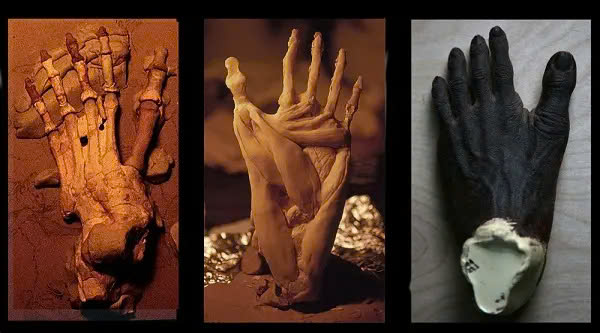
In conclusion, Lucy remains one of the most important and well-studied fossils in paleoanthropology. Her discovery has dramatically enriched our understanding of the human family tree and continues to inspire both seasoned researchers and the next generation of scientists. As new discoveries and technologies emerge, Lucy will undoubtedly play a key role in the ongoing quest to unravel the story of human evolution.
